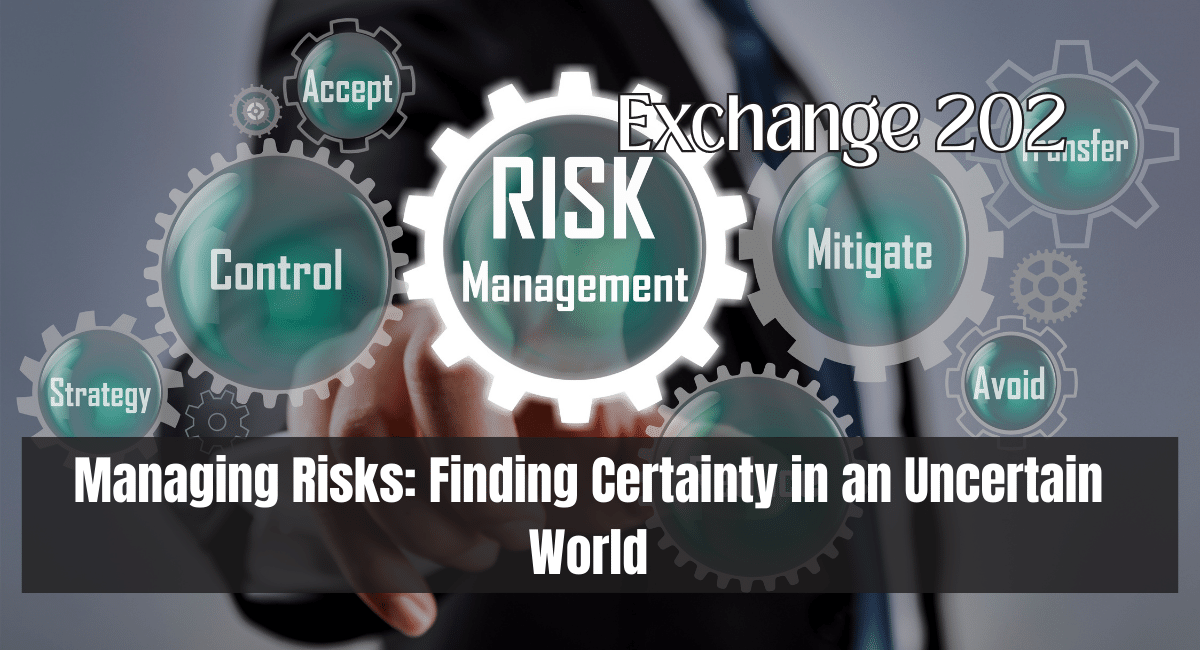In the intricate tapestry of life, uncertainty is a constant companion. From business ventures to personal decisions, the potential for unforeseen events and their consequences is always present. This is where risk management steps in—a systematic process that identifies, assesses, and mitigates potential risks, enabling individuals & organizations to make informed decisions and safeguard their interests. This article delves into risk management, its importance, strategies, and how it shapes a more resilient and secure future.
Understanding Risk Management:
Risk management is a proactive approach to dealing with uncertainties. It involves identifying potential risks, analyzing their impact, & developing strategies to minimize or mitigate them. The goal is not to eliminate risk—which is often impossible—but to manage it to align with your objectives and risk tolerance.
The Importance of Risk Management:
- Preserving Assets: Risk management helps protect assets—financial investments, business operations, or personal property—by anticipating and mitigating potential threats.
- Enhancing Decision-Making: By considering potential risks before making decisions, you ensure that your choices are well-informed and feel possible adverse outcomes.
- Safeguarding Reputation: In business, reputation is invaluable. Effective risk management helps prevent situations that could damage your reputation and credibility.
- Reducing Financial Losses: Minimizing the impact of unexpected events through risk management can prevent significant financial losses that might otherwise be devastating.
Strategies for Effective Risk Management:
- Risk Identification: Begin by identifying potential risks. These range from market volatility and natural disasters to operational inefficiencies and cyber threats.
- Risk Assessment: Evaluate the likelihood of each identified risk occurring and its potential impact on your goals or operations.
- Risk Mitigation: Develop strategies to reduce the possibility of risks arising or to minimize their effects if they do. This might involve operational changes, contingency plans, or insurance coverage.
- Risk Transfer: In some cases, transferring the risk to a third party through insurance or contractual agreements is feasible. This shifts the financial burden to someone else.
- Risk Avoidance: If a risk’s potential consequences are too severe, avoiding the risk altogether might be the best strategy. This might involve changing business practices or investment decisions.
- Risk Retention: For risks that are deemed acceptable, you can retain them and absorb any potential losses without significant impact.
Tools for Risk Management:
- Insurance: Various types of insurance—such as health, property, liability, and business interruption insurance—provide financial protection against specific risks.
- Emergency Funds: Having liquid funds for unexpected expenses or income disruptions is a crucial risk management tool.
- Contracts and Agreements: Clear contractual agreements can help allocate and manage business transactions and partnership risks.
- Business Continuity Plans: These plans outline steps to take in case of unexpected disruptions, ensuring that operations can resume as smoothly as possible.
Personal Risk Management:
Risk management isn’t limited to business; it’s equally vital on a personal level. This involves managing risks associated with health, finances, legal matters, and other aspects of life. From having health insurance to creating a will, personal risk management ensures you’re prepared for life’s uncertainties.
Conclusion
Risk management is the compass that guides us through the sea of uncertainty. It embodies preparedness, providing a structured approach to identifying, analyzing, and addressing potential risks. Whether in business or personal life, risk management empowers us to make decisions that consider possible adverse outcomes, ultimately leading to a more resilient and secure future. By embracing risk management as an integral part of decision-making, we pave the way for success even in the face of the unknown.
